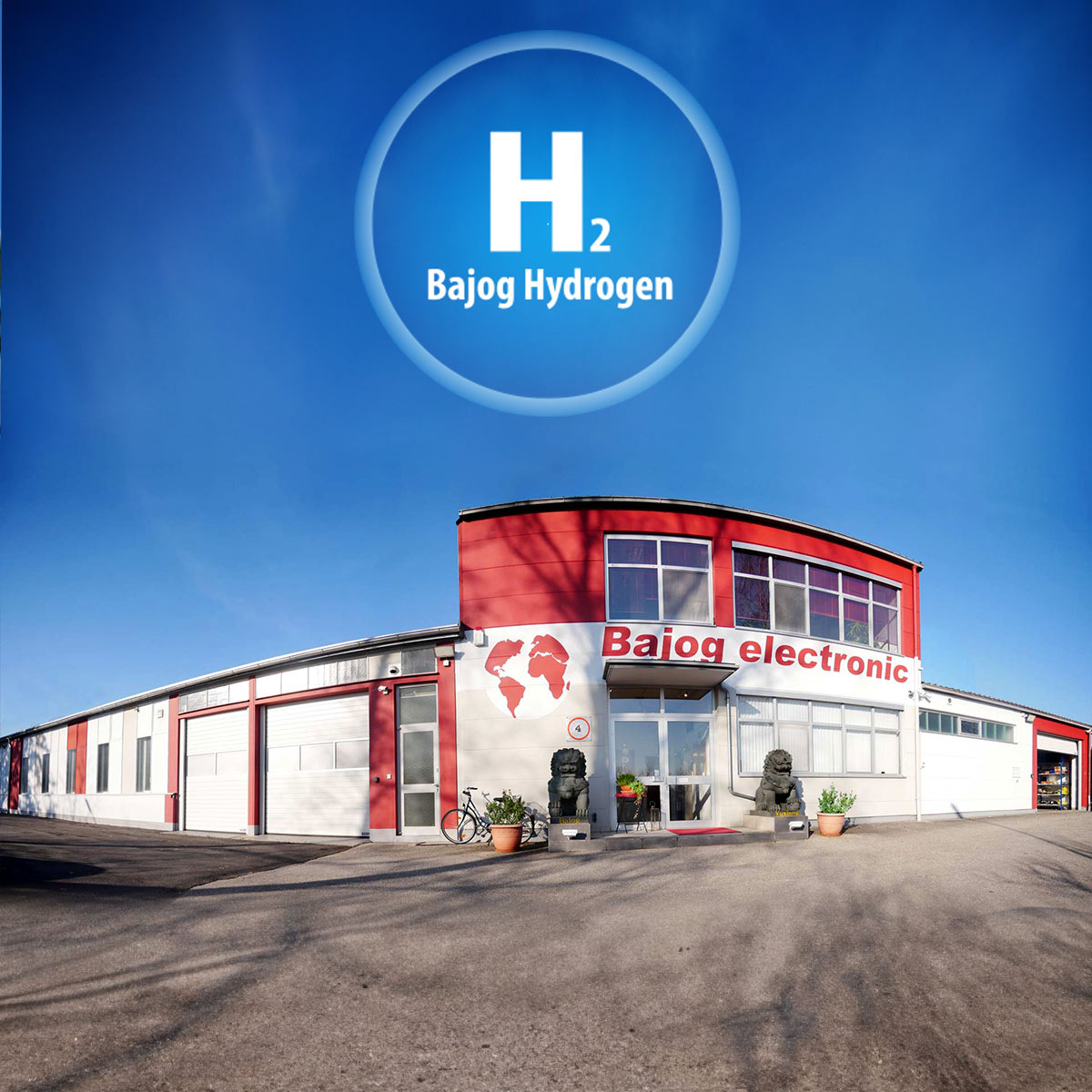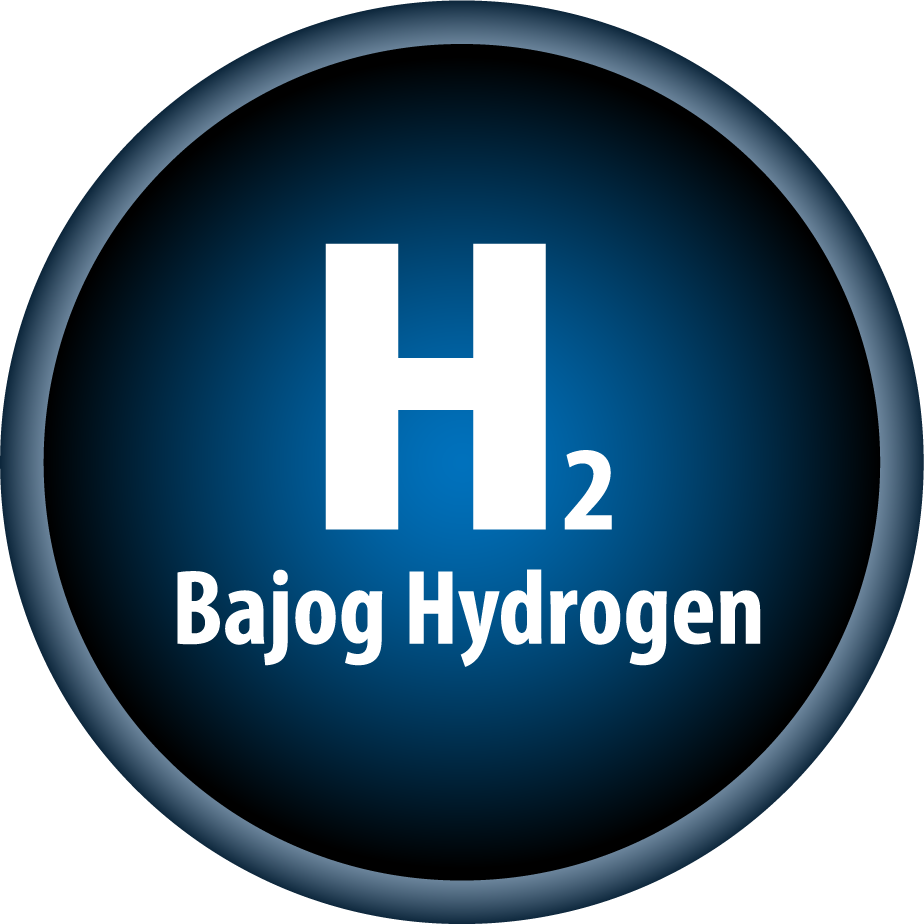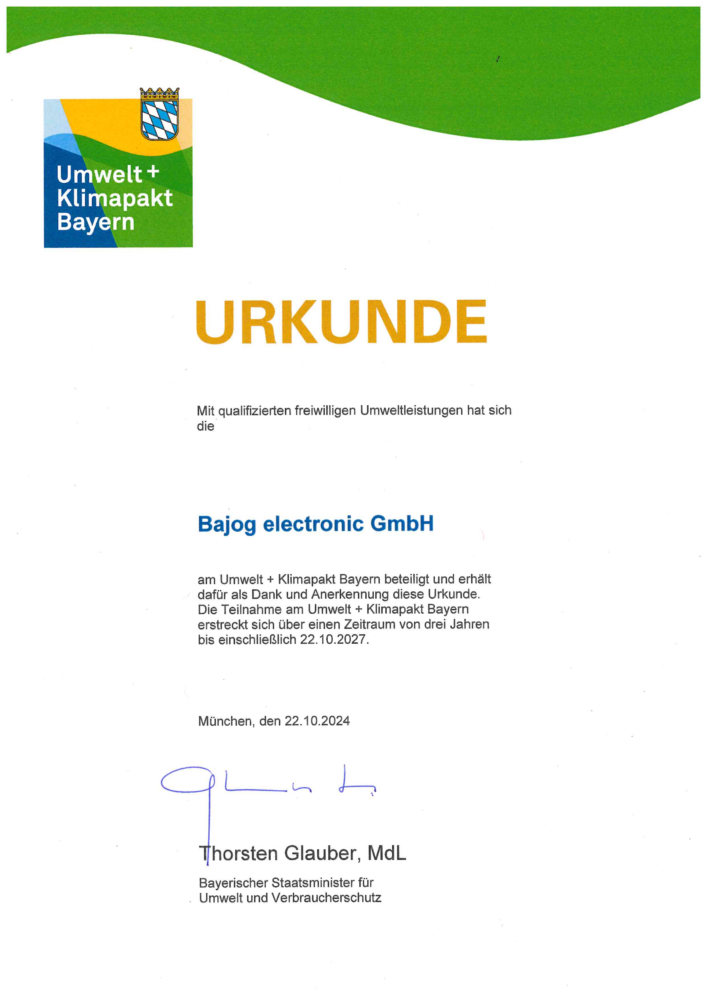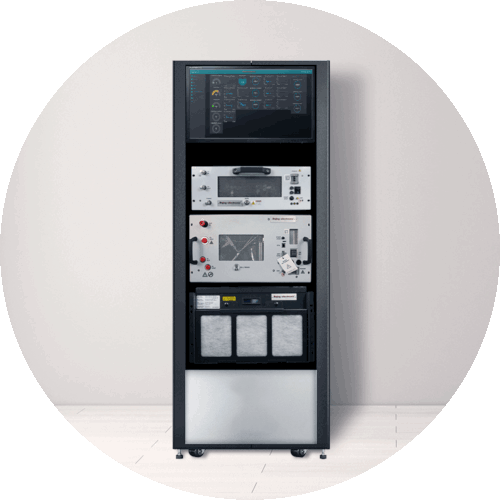
27.01.2025
Hydrogen
Hydrogen – Our Energy Source of the Future
The term „hydrogen“ and the substance itself still evoke fear for many people, often associated with explosions, hydrogen bombs, catastrophic devastation, or the infamous Hindenburg disaster in the USA. Many people also remember experiments in school involving hydrogen gas that resulted in a loud bang.
Where does this perception come from?
We are not accustomed to dealing with a new energy medium unless it is integrated into our daily lives.
Although working with gas is considerably more dangerous and complex, we have no concerns when using it. We’ve grown up with it, and past gas explosions don’t deter us from using it.
Gas can also lead to explosions when it accumulates in high enough concentrations outdoors. Hydrogen, however, loses its energy once it is released outdoors and immediately bonds with oxygen to form H2O.
This is not to say that hydrogen has no safety requirements, or that it is completely harmless. However, these safety measures are much easier to implement.
The basic rule is: Hydrogen is a non-toxic gas and must be able to escape outdoors in case of a concentration buildup in an enclosed space.
Naturally, as with all gases, no ignition sources should be near, and there should be no static electricity buildup!
Pure hydrogen cannot ignite by itself—it requires an ignition source.
A hydrogen hazard only arises when it reaches 4% of the room’s volume, provided it cannot escape outdoors and is ignited by an ignition source.
An actual explosion risk exists when the hydrogen concentration reaches 18%.
For example, in a basement room with dimensions of 3x3x2 meters (18m³), nearly 1m³ (0.72m³) of hydrogen would be needed to approach a critical threshold.
However, if there is a ventilation opening at the highest point of the basement ceiling leading to the outdoors, the hydrogen will dissipate immediately.
Our electrolysis and fuel cell units contain only a small amount of hydrogen during operation.
Typically, a building room will only house one electrolysis unit and one fuel cell, which together hold a very small amount of hydrogen. Therefore, a significant release of hydrogen is not a concern, as the main hydrogen storage is located outdoors. Furthermore, if any hydrogen is detected in the room, all magnetic valves to the system will automatically close.
The H2 sensors installed by Bajog electronic, along with additional H2 sensors placed in the room, can detect hydrogen levels in the milligram range. These sensors would automatically shut down the energy system early via the integrated control and monitoring unit.
In general:
Hydrogen does not pose a cancer risk and is not self-igniting. With a density of 0.0899 g/l (at 0°C), hydrogen is about 14 times lighter than air.
Due to its high diffusion rate, it spreads quickly in all directions and mixes rapidly with the surrounding air.
For comparison: approximately 3 kilograms of gasoline or 2 kilograms of natural gas contain as much energy as 1 kilogram of hydrogen in terms of calorific value, making hydrogen the energy carrier with the highest energy density per unit of mass.
Hydrogen is the energy carrier of the future and offers humanity limitless possibilities—let’s make use of them!












